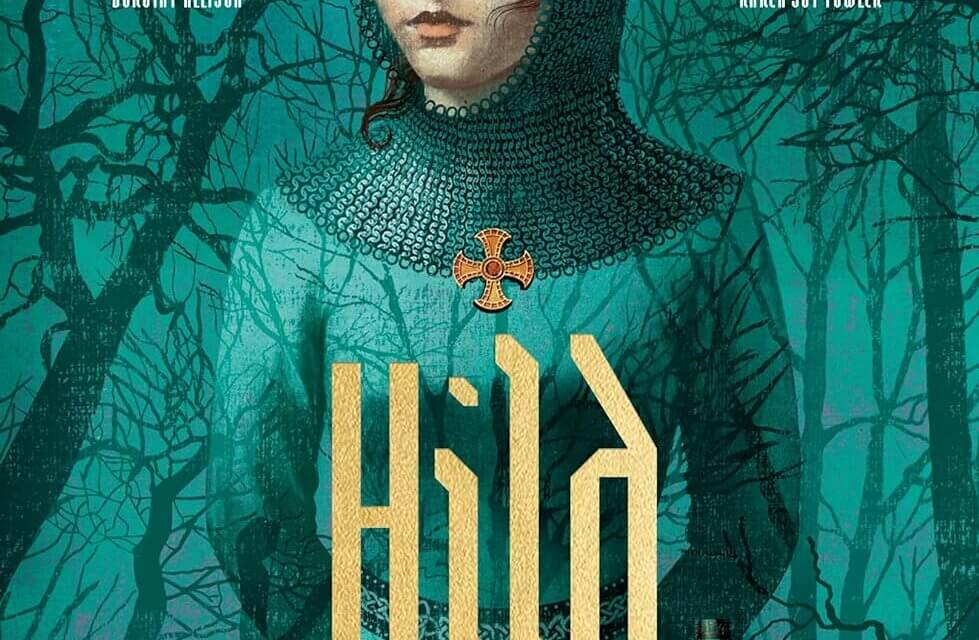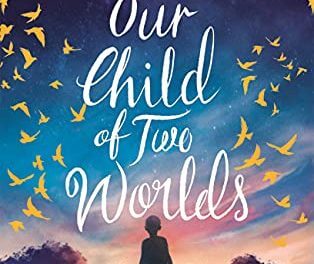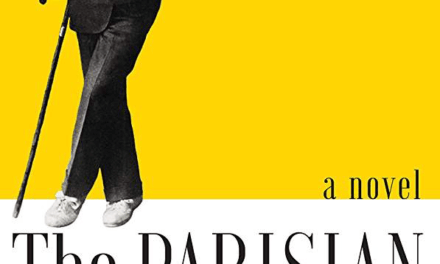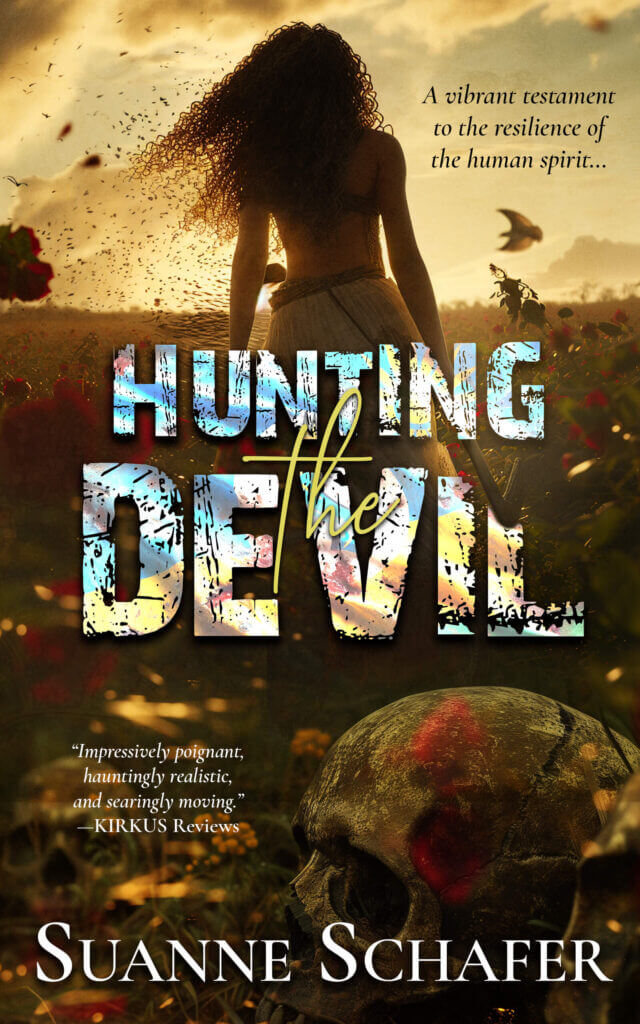Hild of Whitby, seen as a child and teenager in Hild, grows up to become one of the most powerful women in early English history—and the future Saint Hilda. She enters a world transitioning from paganism to Christianity, situated between King Arthur during the late fifth and early sixth centuries and Bernard Cornwell’s The Last Kingdom which covers the late ninth century. The multiple small kingdoms are bloodily uniting and converting to Christianity, sometimes unwillingly.
Hild is an intelligent child with extraordinary powers of observation, keen intuition, phenomenal attention to detail, and a marvelous kinship with nature. She learns to read and write from a priest. Her conniving mother, while trying to save her family, positions the child to become a seer for Edwin of Northumbria. Hild is denied an ordinary childhood in service to the king. She walks a tightrope, knowing if she fails the king, her life and those of her family are at stake. She is a strong female, unafraid to fight for justice and so able to kill that she becomes known as the “Butcherbird.”
Hild is well-researched and shows the cold, hard, and at times, brutal life of medieval times, alternating between feast and famine, subject to the harshness or benevolence of the weather. Griffith shows how lives are governed by the seasons. If you enjoy the world-building of Tolkien, Sigrid Undset’s Kristin Lavransdatter series, or Marion Zimmer Bradley’s The Mists of Avalon, you will enjoy Hild. But aware that at 716 pages, you’re in for a long haul. The second in the series is about Hild’s adult life and titled Menewood.
********************
Hild (Farrar, Straus and Giroux, November 12, 2013) is available through:
********************
This post may contain Amazon Affiliate links. As an Amazon Associate, I may earn a small amount from qualifying purchases at no cost to you.













